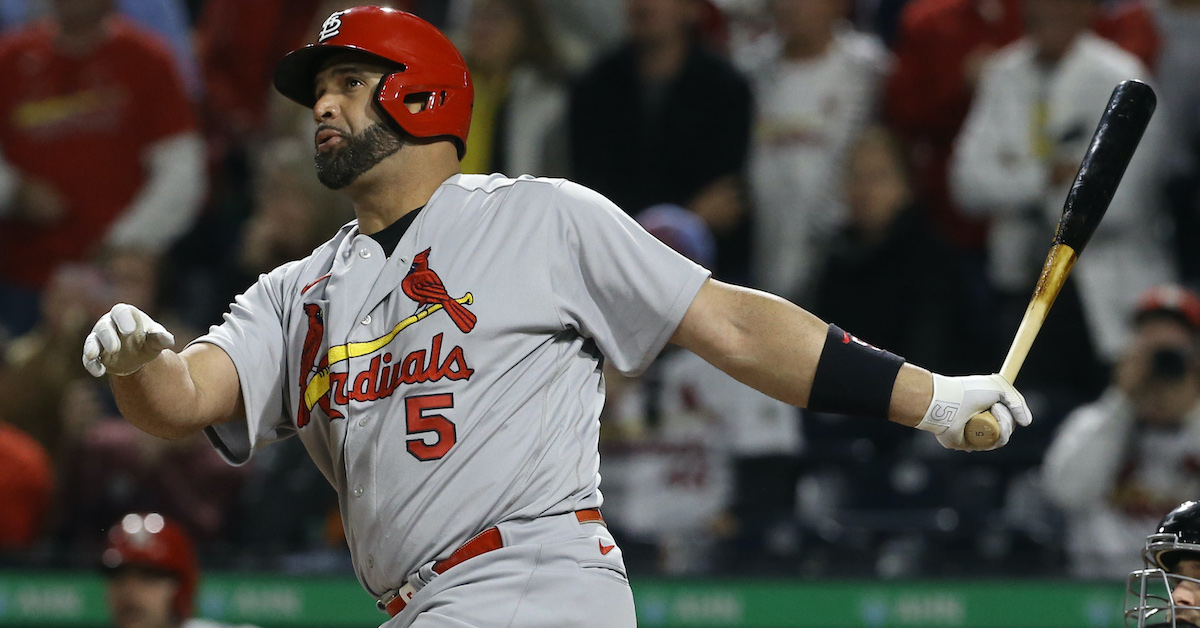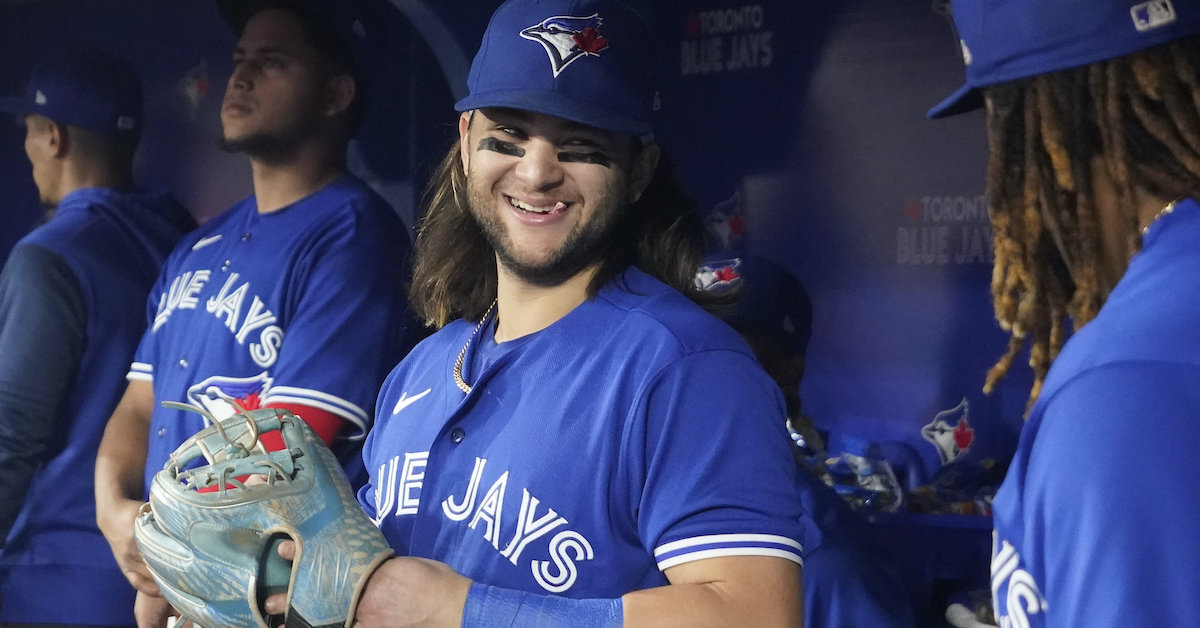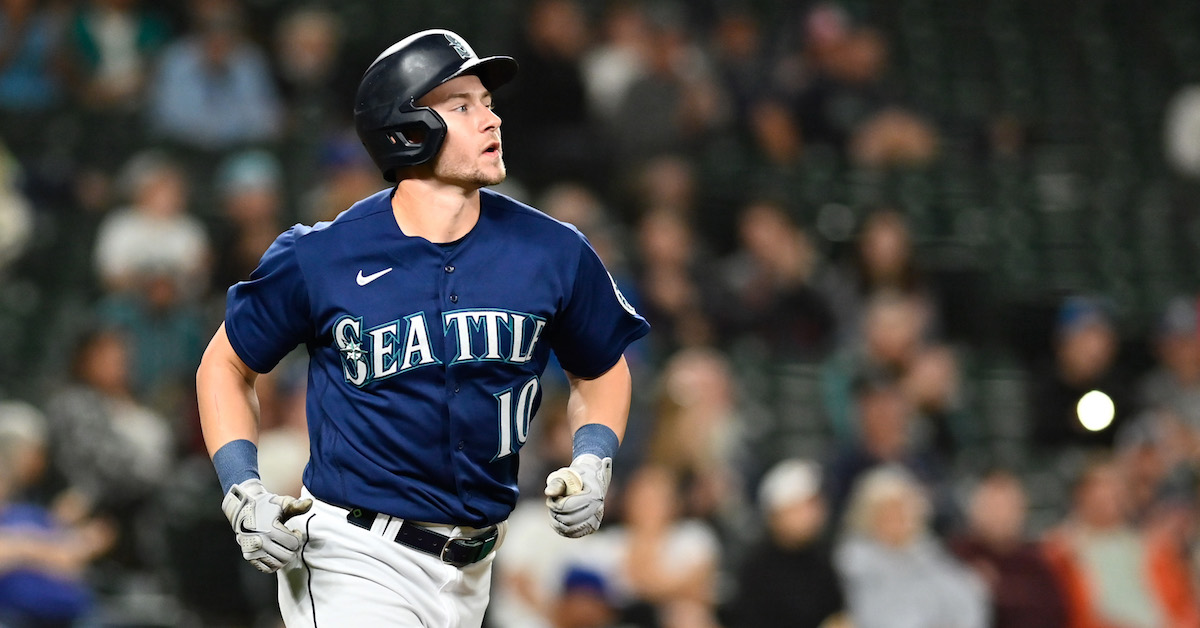NL Wild Card Series Preview: Cardinals vs. Phillies

The 2022 season was the year to break long-standing playoff droughts. The Mariners ending their two-decade stretch of futility got the bigger headlines, but the Phillies closed out their own decade of suffering by clinching the NL’s final Wild Card berth on Monday. It didn’t come easy — under the previous playoff structure, they would have missed out on the postseason by two games — but the expanded field gives them an opportunity to make some noise in October. Their opponent will be a familiar one: the Cardinals, who eliminated the Phillies in a hard-fought Division Series the last time they were in the playoffs.
St. Louis hasn’t had to weather a lengthy playoff drought since the 1970s, qualifying for the postseason for the fourth consecutive year and winning its second division title in that span. The Cardinals also posted their third 90-plus win season in that period, with the shortened 2020 season as the only outlier. More remarkably, they haven’t finished below .500 since 2007, with 10 postseason appearances in those 15 years. As far as consistent competitors go, the Cardinals are essentially an October staple.
| Overview | Phillies | Cardinals | Edge |
|---|---|---|---|
| Batting (wRC+) | 107 (5th in NL) | 114 (3rd in NL) | Cardinals |
| Fielding (RAA) | -32 (14th) | 17 (3rd) | Cardinals |
| Starting Pitching (FIP-) | 87 (2nd) | 102 (9th) | Phillies |
| Bullpen (FIP-) | 91 (4th) | 101 (8th) | Phillies |
The Phillies’ route to their Wild Card berth wasn’t a straight one. They wandered through the first two months of the season, posting a disappointing 21–29 record, which led to the dismissal of manager Joe Girardi on June 3. But after that, they went 64–46 under interim manager Rob Thompson, the fourth-best record in the NL over the rest of the season. All that success during the summer came despite losing Bryce Harper for a significant chunk of the year. He fractured his thumb on June 25 and returned on August 26 but never truly regained his MVP form, with an 84 wRC+ over the final month and change of play.
With its superstar on the shelf, a number of Philadelphia’s veteran sluggers stepped up to lead the offense. The biggest contributor was J.T. Realmuto. As Michael Baumann covered a week ago, the veteran catcher carried the load with a 162 wRC+ in the second half, accumulating the third most WAR in that time behind Aaron Judge and Adley Rutschman. Despite his slow-ish start, Realmuto wound up posting career bests in wRC+ and WAR. Then there was Kyle Schwarber, who led the NL in home runs with 46, a surprise given his similar slow start to the season; he hit just 11 homers in the first two months of the season but exploded in June with 12 and added 23 more over the next three months.
The other big free-agent deal the Phillies handed out over the offseason hasn’t worked out as well. After posting a 122 wRC+ over the last five seasons, Nick Castellanos couldn’t find his footing in Philadelphia, slumping to a 95 wRC+, his worst year at the plate since 2015. His biggest problem was a bad case of chasing breaking balls off the plate, leading to big issues making authoritative contact. His barrel rate and hard-hit rate fell to career lows, resulting in a dismal .392 slugging percentage.
But we can’t talk about the Phillies without talking about their defense. Put simply, it’s bad. It’s not a surprise either, considering that Schwarber and Castellanos occupy the corner outfield spots. The only positive contributor in their starting lineup is second baseman Jean Segura, who graded out as a +4 in Outs Above Average this year. The Phillies’ biggest issue, though, isn’t making mistakes; they actually committed the fourth-fewest errors in the majors this year. Instead, they simply let too many batted balls find the grass, which significantly hurt their ability to prevent runs from scoring. It’s a big reason why their pitching staff posted a top-10 FIP in baseball but a team ERA that was just 18th.
Leading said pitching staff is Aaron Nola, a quiet contender for the NL Cy Young award this year. One major reason why is that the righty was able to cut his home run rate to just 9.8% this year, a huge improvement over his career rate of 13.2%. He also posted a career-low walk rate this year while still maintaining his big strikeout totals. He’ll be on the mound for Game 2 of this series. To open, the Phillies will turn to Zack Wheeler. He followed up a career year in 2021 with a season nearly as good, though he pitched 60 fewer innings. The health of his forearm was a big question mark through the end of the summer, but he managed to make it back to the mound in late September and posted three good starts to finish the regular season. If the series goes to a Game 3, Philadelphia will likely turn to Ranger Suárez, a quality starter in his own right but not up to the level of Nola or Wheeler.
Where the Phillies will lead off with their two aces, the Cardinals enter this series with less established options up top.
| Player | K% | BB% | HR% | GB% | ERA | FIP |
|---|---|---|---|---|---|---|
| Adam Wainwright | 17.8% | 6.7% | 8.1% | 43.2% | 3.71 | 3.66 |
| Miles Mikolas | 19.0% | 4.8% | 11.9% | 45.0% | 3.29 | 3.87 |
| José Quintana | 20.2% | 6.9% | 5.3% | 46.4% | 2.93 | 2.99 |
| Jack Flaherty | 19.8% | 13.2% | 11.8% | 41.7% | 4.25 | 4.97 |
| Jordan Montgomery | 21.8% | 5.0% | 13.0% | 47.6% | 3.48 | 3.61 |
Ordinarily, it would be hard to imagine a Cardinals playoff series without Wainwright, but given how the final month of the season went, manager Oli Marmol may opt for hiding his veteran righty.
| Player | IP | K% | BB% | ERA | FIP |
|---|---|---|---|---|---|
| Adam Wainwright | 28.2 | 9.4% | 8.0% | 7.22 | 4.37 |
| Miles Mikolas | 34 | 22.0% | 6.8% | 2.38 | 3.73 |
| José Quintana | 33.1 | 23.1% | 3.3% | 0.81 | 1.88 |
| Jack Flaherty | 28 | 21.6% | 10.4% | 3.86 | 4.40 |
| Jordan Montgomery | 33 | 23.4% | 6.4% | 4.36 | 3.90 |
Wainwright allowed a whopping 23 runs in his six September starts, and his strikeout and walk rates both took a turn for the worse. That performance has likely pushed him out of the picture for a Wild Card start; at best, the Cardinals could hand him the ball on an extremely short leash and have Montgomery or Flaherty ready on standby if things go south quickly.
Luckily, Mikolas and Quintana finished the regular season on strong notes; the latter, per Marmol on Thursday, will take the ball for Game 1, and the former will start Game 2, with Game 3’s starter TBD. Quintana hasn’t pitched this well since he was a member of the White Sox back in 2017 and has been even better since coming over from the Pirates at the trade deadline. Chris Gilligan looked at Quintana’s rejuvenation earlier this week and noted his transition from a pitcher who relied on strikeouts to one who induces tons of weak contact:
He has deployed his arsenal by throwing mostly outside the strike zone, elevating his fastball more and making hitters reach for curveballs and changeups. His 35.4% zone rate is the lowest in a full season of his career, around 10 percentage points lower than his typical early-career season, and the second-lowest among qualifying pitchers this year. And it’s working – he’s enticing swings on a career-high 36.2% of his pitches outside of the zone, the 10th-highest rate among qualifiers. … By drawing hitters outside the strike zone, he has significantly diminished the quality of their contact without conceding bases on balls with any sort of damaging frequency.
That leaves Montgomery, Flaherty, and Wainwright to start in a potential Game 3. Like Quintana, Montgomery holds the platoon advantage over some of Philadelphia’s more potent bats, and Flaherty’s stuff could play up in shorter outings if he were pushed to the bullpen. So the decision comes back around to what to do with Wainwright, and that’s not an easy one given how much history he has with the franchise, particularly in the playoffs.
Offensively, St. Louis has far less to worry about. Led by superstars Paul Goldschmidt and Nolan Arenado, the Cardinals had the third-best offense in the NL, scoring 4.77 runs per game. After looking like an MVP candidate for most of the season, Goldschmidt slumped a bit in September, posting a 108 wRC+ over the last month of the season, which cost him a shot at the Triple Crown after he made a run at it through the summer. Arenado, meanwhile, bounced back from a disappointing first year in St. Louis to post the best season of his career. Those two provide a fantastic one-two punch in the heart of the lineup.
The biggest story in St. Louis, though, has to be the rejuvenation of Albert Pujols. He returned to the Cardinals for one last reunion tour after a slow and painful decline in Los Angeles but has defied time and age by becoming a key contributor as the team’s semi-regular designated hitter. He hit just six dingers during the first half of the season, but chasing his milestone 700th home run sparked a miraculous second half. He blasted 18 bombs after the All-Star break — only Judge hit more during that span — with all of his power peripherals taking a sudden turn for the better. I’m sure the Cardinals couldn’t have imagined their franchise icon leading them to the postseason again when they signed him back in the winter, but here we are.
As far as roster construction goes, these two teams found their success through very different means. St. Louis’s position group put together a cumulative 33.1 WAR, second in the NL and a testament to their quality production at the plate and phenomenal defense in the field. Philadelphia’s lineup can score runs in bunches, but the defense is atrocious. The team’s strength lies instead in a top-heavy rotation led by two of the best pitchers in the league. Also worth noting is that the Cardinals went 53–28 at home during the regular season, giving them the advantage at the outset. But these teams are more evenly matched than they appear on paper, which should make for some excellent baseball this weekend.







